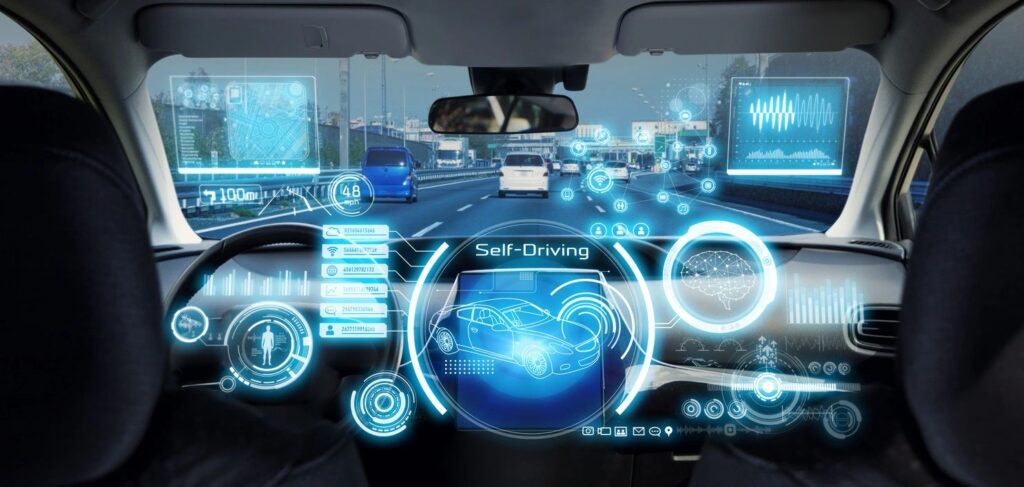In the domain of artificial intelligence, it seems the latest breakthrough is anchored in the wisdoms of a forgotten figure: Alexander Grothendieck. As Huawei’s AI research team delves deeper into the possibilities, the age-old mathematical insights of Grothendieck are forecasted to spark a technological renaissance.
The Intellectual Legacy of Alexander Grothendieck
Alexander Grothendieck, a name whispered in reverent tones in certain mathematical circles, is often unbeknownst to the broader public. Born in 1928, Grothendieck was celebrated for his pioneering work in algebraic geometry, a discipline that tucks its complexities away from everyday conversations. Despite his initial fame, he retreated into seclusion in the latter part of his life, making his formidable contributions a treasure largely unrecognized by contemporary society.
What made Grothendieck truly remarkable? His ideas were profoundly abstract, weaving intricate tapestries that advanced the understanding of space and form. His approach to mathematics was not just about solving equations—it was akin to sculpting the very framework through which mathematics is understood.
Key Concepts Influencing Modern AI
Among the burgeoning arsenal of Grothendieck’s intellectual oeuvre are several concepts with exceptional relevance to modern AI:
- Topos Theory: This is essentially a new way of thinking about mathematical spaces. It provides a highly generalized framework that can be impressively adaptable.
- Sheaf Theory: Widely used in modern geometry, this concept allows for local data to be pieced together to form global structures, something very akin to how AI systems process and understand fragmented information.
- Cohomology: A tool for studying and classifying topological spaces. It’s this kind of classification that could enhance the way AI systems sift through vast amounts of data to discern patterns.
The Huawei Connection
Earlier this year, Huawei’s AI research team made an unexpected announcement. They proposed that many of the modern AI’s challenges could find innovative solutions in Grothendieck’s theories. Dr. Liang Wu, Huawei’s lead AI researcher, likened these theories to “having the blueprint to a more precise and holistic AI architecture.”
Why Grothendieck’s Ideas? The “big data” problem in AI flourishes within ambiguity and vastness much like the sprawling geometrical landscapes Grothendieck so meticulously charted. Dr. Wu noted, “Grothendieck’s work allows us to construct a more nuanced, detailed understanding of these data spaces. This provides a structural rigor that simplifies computations but also enriches them.”
Implementation in AI Systems
Huawei’s research team has begun integrating Grothendieck’s ideas via the following pathways:
- Data Structuring: Using Topos Theory, researchers have devised more elastic frameworks for organizing data, allowing the AI to handle and interpret more varied forms of input.
- Algorithm Efficiency: By employing Sheaf Theory, they are able to more effectively piece together scattered data points, reducing computational waste and improving processing speed.
- Pattern Recognition: Applying Cohomology, AI systems can better identify and classify complex patterns within vast datasets, much in the same way a master surgeon discerns critical from non-essential.
The result? Early prototypes have shown a marked improvement in both the efficiency and accuracy of data analysis tasks, hinting at a promising future for AI infrastructures worldwide.
Application Beyond Tech Giants
One might think that only tech behemoths like Huawei can harness these insights, but surprisingly, adopting Grothendieck’s theories for AI development isn’t out of reach for smaller firms or independent researchers.
Open-source Possibilities: In an unprecedented move, Huawei has pledged to share their initial findings and some fundamental algorithmic adaptations with the open-source community. This bold step could democratize access to this cutting-edge knowledge, potentially galvanizing a surge in innovation across the tech landscape.

Roles in Various Sectors
Finance: AI systems informed by Grothendieck’s theories can significantly enhance predictive analytics, offering more accurate risk assessments and market predictions.
Healthcare: Improved pattern recognition capabilities could revolutionize diagnostics, making early detection of diseases more reliable, ultimately saving countless lives.
Education: Adaptive learning platforms could see a renaissance, tailoring educational content more precisely to the needs of individual students, thereby promoting a more personalized and effective learning experience.
Conclusion: A Bright Horizon
The revival of Alexander Grothendieck’s ideas presents not just a technical enhancement but a philosophical enrichment to the field of AI. His abstract visions, which once formed vivid intellectual mosaics, now have the potential to outline the future landscapes of our technological advancements.
As tech behemoths and indie researchers alike dive into Grothendieck’s ocean of ideas, one thing is clear: The old master’s ingenious concepts could indeed revolutionize AI technology, painting a future where artificial intelligence is ever more intuitive, efficient, and profoundly capable.
In an age where the forgotten past can light the path to unprecedented futures, there’s no better time to celebrate and welcome the renaissance of Alexander Grothendieck’s mathematical brilliance. Bravo!